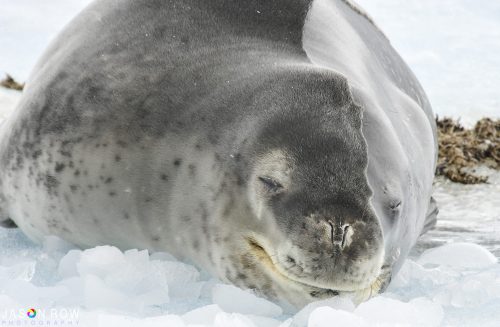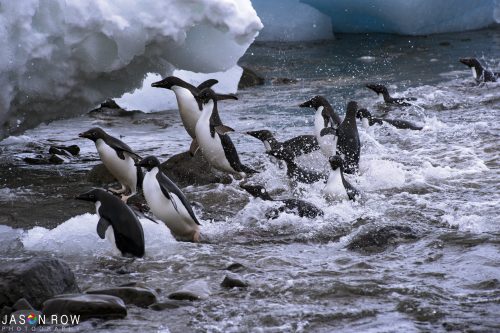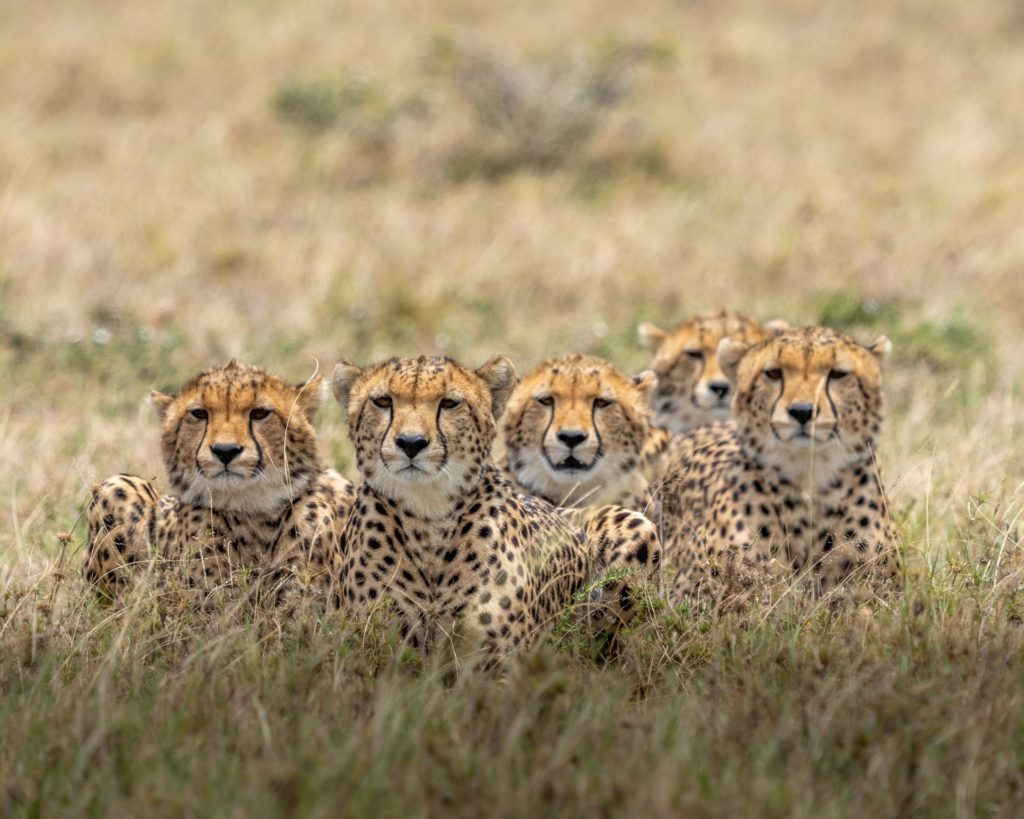I am no wildlife photographer. I tip my hat to those incredible photographers that create the amazing images that we see. The patience they have, the knowledge of their subject and its behavior, their ability to shot the “defining moment”. It takes years of dedicated practice to get anywhere near the level that these photographers obtain.
That said, we mere mortals occasionally get lucky. It helps if that luck is tipped in your favour by location as is my case. In December 2008 I was lucky enough to spend six weeks going back and forth between Southern Argentina and Antarctica. It was there that I managed to capture this shot of Adelie Penguins leaping from the frozen sea. This and several others have gone on to sell very well at stock agencies.

Where it was Photographed
The image was taken in Hope Bay on the tip of the Antarctic Peninsular. It is home to the Argentinian Esperanza Research base and to a large colony of Adelie penguins. Like most places in Antarctica, the only way to get ashore is on inflatable zodiac boats.
December in Antarctic is the very beginning of summer and so there is still huge amounts of ice and snow around. The waters teem with all sorts of marine wildlife from penguins to humpback whales, orca and several types of sea-lion. Much of this wildlife can be shot at fairly close quarters as the zodiacs ferry you ashore from ship. As a travel photographer, the longest lens I carried was an 80-200mm but for 90% of the time this was more than adequate to get good wildlife shots.

How was it Shot?
I was using a Nikon D3 with the Nikon 80-200 f2.8 lens. Although an older D series lens it was incredibly sharp however the combination of lens and camera was quite heavy. Most of the images I had captured that day had been taken from the Zodiac. Once ashore we found ourselves close to the penguin colony. There I took a lot of close ups of Adelie penguins not actually doing very much. Some of them though were walking along a well-trodden route to and from the sea and I decided to head down to the shoreline. It was here that I saw that the penguins were leaping in and out of the water.

As I was shooting handheld I set a shutter speed of 1/500th of a second. this was enough to counter any camera shake from the heavy 80-200 and the -20C windchill. It was also the ideal shutter speed to freeze the penguins as they leapt from the water.
I switched to manual focus and prefocused on an area just in front of a small beached iceberg. It was this point where the majority of penguins were leaping out. With the drive mode in continuous fast I shot small bursts until I was happy that I had got the shot I wanted.

Post Production
Although shot in RAW, the image was surprisingly good straight out of the camera. I had shot very slightly to the right to counter the whiteness of the ice and snow and to reveal detail in the penguins feathers.
I selected this image among others for stock agencies. To prepare it I did some basic contrast editing in Lightroom using blacks, whites, shadows and highlights. After that I wanted to give the image a colder feel without giving it a blue cast. To do this I round tripped it to Photoshop using various tools to add blueness to the highlight areas. The whole post production from RAW to Stock took about 25 minutes and I have created a video that not only shows you the processes involved but also my thought process during the edit.
Editor's Note: Jason's Wildlife RAW video is on sale for the next 24 hours, so grab it now.

Several shots from Hope Bay, including this one have gone on to be excellent sellers for me on stock sites. Indeed one of them netted a near four figure commission when it was licensed from Getty for commercial use. In all of these cases the saleability of the image was enhanced by what was done in the post production.
We are not all blessed enough to have the skills of a great wildlife photographer. However with a little bit of photographic knowledge an ideal location and a little luck, we are all capable of taking good wildlife photos.
Be sure to take a look at the full video of Jason editing and explaining this photograph as he takes it through Lightroom and Photoshop in preparation for submitting it to stock agencies. On sale for the next 24 hours only. See it here.




